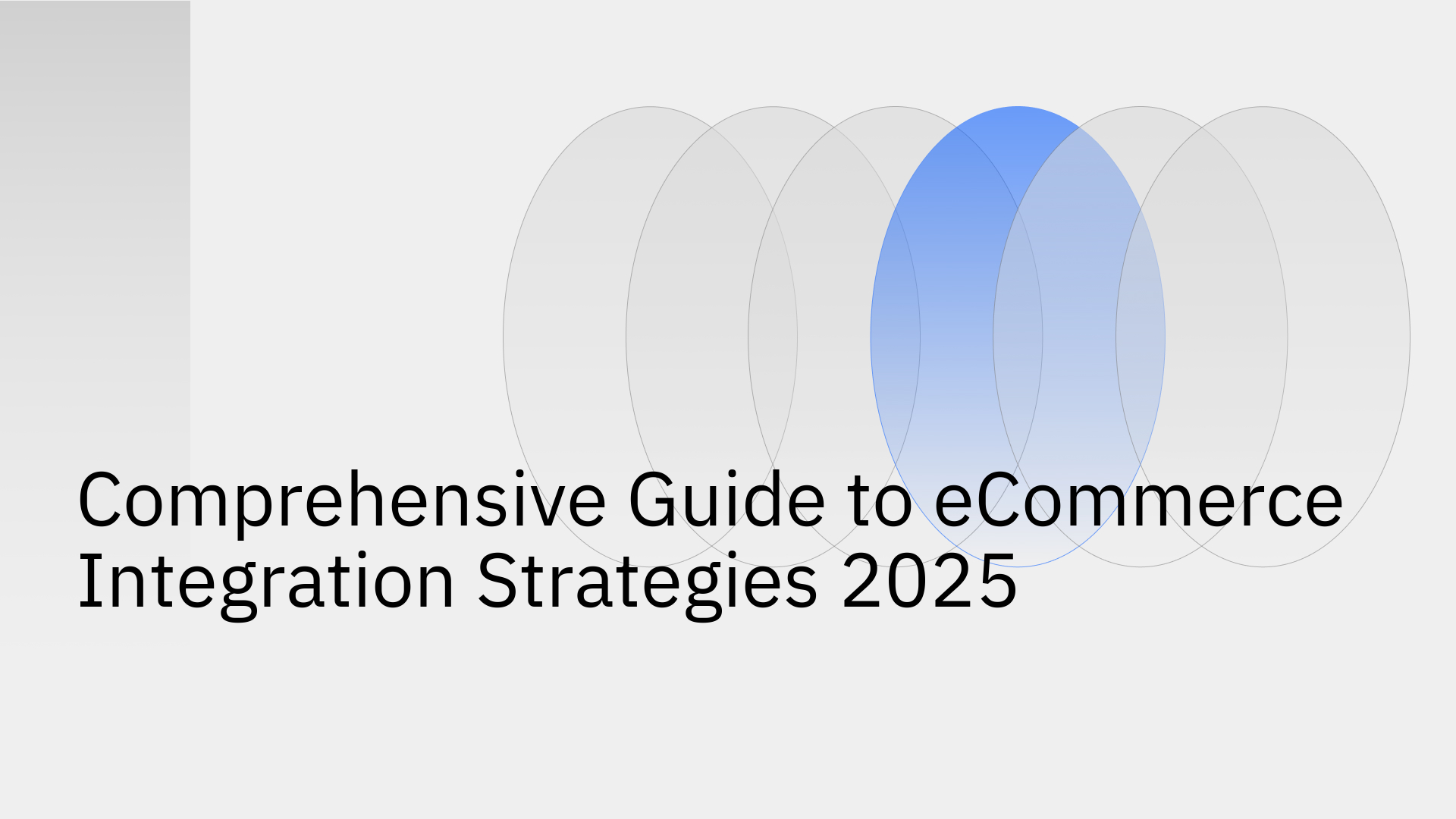
Disconnected operational systems are a primary source of inefficiency and revenue loss for modern businesses. When your eCommerce platform, ERP, and CRM operate in silos, the consequences are severe: manual data entry errors, stockouts from inaccurate inventory, and a fragmented customer experience. For companies leveraging powerful platforms like NetSuite, the inability to sync data in real-time with storefronts like Shopify or a CRM like Salesforce directly undermines operational agility and growth potential.
This guide provides a technical framework for understanding eCommerce integration. We will dissect common integration methods, identify critical systems to connect, and articulate the profound operational benefits of a unified data strategy. We will demonstrate why a purpose-built solution is essential for achieving the reliability, scalability, and real-time performance required to compete effectively.
eCommerce integration is the process of establishing continuous, automated, and bi-directional data synchronization between your eCommerce platform and other core business systems. The objective is to create a single, unified source of truth that eliminates data silos and centralizes the management of inventory, customer data, orders, and financials within a central system like a NetSuite ERP. This connectivity ensures that every department, from sales to fulfillment, operates with consistent and up-to-the-minute information.
Integrating an eCommerce platform with complex back-end systems like NetSuite or Salesforce can be approached in several ways, each with distinct technical trade-offs.
This method involves writing custom code to connect system APIs directly. While it offers maximum flexibility for unique business logic, it introduces significant technical debt. Custom integrations are expensive to build, require specialized engineering talent to maintain, and are notoriously brittle—a minor API update in one system can break the entire data flow, leading to costly downtime.
Point-to-point integration creates a direct link between two applications, such as a specific NetSuite-Shopify integration. While seemingly simple for connecting just two systems, this approach fails at scale. As the organization adds more applications, the number of point-to-point connections grows exponentially, creating a complex and unmanageable "spaghetti architecture" that is difficult to monitor or debug efficiently.
Generic iPaaS solutions offer a wide array of pre-built connectors, positioning themselves as a "jack-of-all-trades" for enterprise integration. However, they are not optimized for the specific demands of real-time, operational data synchronization. Configuring them for complex bi-directional workflows, such as a Salesforce-NetSuite integration, can be exceedingly complex. These platforms often introduce latency, lack sophisticated conflict resolution logic, and require significant technical expertise to manage, which can undermine the goal of a low-maintenance solution.
The limitations of traditional methods highlight the need for a specialized solution. Stacksync is a purpose-built platform engineered specifically for real-time, bi-directional synchronization of operational data. Unlike generic iPaaS tools, Stacksync is designed to handle the high-stakes data flows between systems like NetSuite, Shopify, and Salesforce with guaranteed consistency and reliability. Through a no-code interface, automated conflict resolution, and a low-latency architecture, Stacksync eliminates the complexity and brittleness of custom code and the inefficiency of generic platforms, empowering businesses to achieve true operational alignment.
A successful integration strategy focuses on connecting the systems that drive core business operations. For businesses running on NetSuite, these integrations are fundamental.
The connection between your ERP and eCommerce platform is the backbone of your operations. A NetSuite-Shopify integration automates critical data flows, solving key operational challenges.
Your sales and support teams require a complete history of customer interactions to be effective. A Salesforce-NetSuite integration provides this unified view.
A robust integration strategy delivers compounding technical and operational advantages that directly impact revenue and efficiency.
Despite the clear benefits, integration projects can fail if they are not approached with the right strategy and tools.
Integration projects often stall due to poorly defined data maps, conflicting business logic, and an incomplete understanding of field-level requirements. This ambiguity leads to development delays and a final product that fails to meet business needs.
Many businesses rely on legacy ERP systems with limited, slow, or poorly documented APIs. Attempting to build custom integrations with these systems is a significant engineering challenge, fraught with issues related to API rate limits, data transformation, and connection stability.
As businesses expand to multiple channels (e.g., website, mobile app, B2B portal, marketplaces), maintaining data consistency becomes exponentially more complex. Point-to-point solutions and generic iPaaS tools struggle to manage this complexity, often creating more data silos than they solve.
The core challenge of eCommerce integration is not just connecting systems, but ensuring the connection is reliable, scalable, and maintains data integrity in real-time. Custom code is too brittle, and generic iPaaS solutions are too complex and not purpose-built for the demands of operational data synchronization.
Stacksync was engineered to solve this specific problem. It provides a resilient, secure, and scalable platform for true bi-directional data synchronization between critical operational systems like NetSuite, Salesforce, and Shopify.